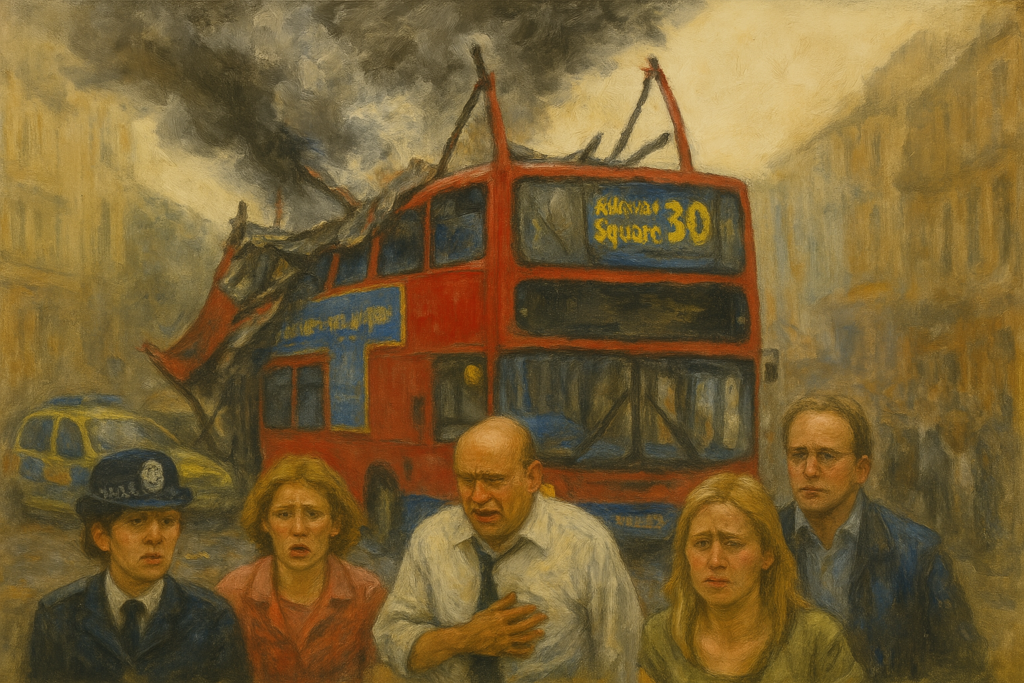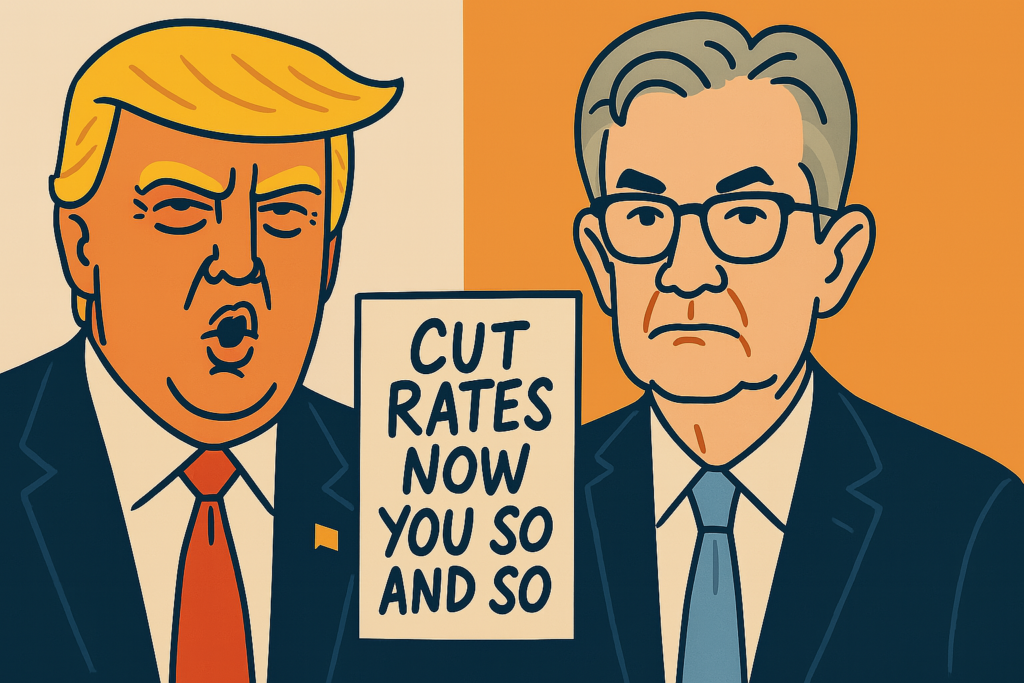Sterling has appreciated 1.5% in Nominal Effective Exchange Rate terms since 26th November to a 7-month high, a notable move in a world of depressed currency volatility.
Markets have seemingly taken comfort from the (modest) widening of the gap between the ruling Conservative Party and opposition Labour party in opinion polls to about 10pp and YouGov predicting that Prime Minister Johnson would secure a material parliamentary majority at the 12th December general election.
Upward revisions to UK composite PMI data for November have also at the margin dispelled the notion that UK GDP growth may have contracted in Q4.
Importantly, opinions polls taken in early December 2019 suggest that the gap in support for the two main parties is wider than the 8pp gap which separated the Conservatives and Labour eight days before the 8th June 2017 general election at which the Conservative Party lost its parliamentary majority (see Figure 2).
However, the first-past-the-post electoral system, uneven distribution across seats of candidates – including over 200 independent candidates – party-alliances and tactical voting by the British electorate make it very difficult to accurately translate UK-wide polls into actual seat numbers. The 8th June 2017 general elections are a point in hand.
The odds of the Labour Party winning the most seats and forming a government remain extremely low, in our view. However, the odds of the Conservative Party wining the most seats but failing to win a majority, let alone a material one, remain non-negligible.
In this scenario, we would expect speculative short-Sterling positions to increase materially and in turn weaken Sterling, as was the case between mid-April and mid-August, with markets becoming more sensitive to UK macro data, the possibility of a Bank of England policy rate cut and the risk of the UK leaving the EU without a deal on 31st January.
Sterling rally tied to market belief that Conservatives on track to win parliamentary majority
Sterling’s fortunes continue to largely track markets’ perceived odds of the ruling Conservative Party gaining seats at the 12th December general election and securing a material parliamentary majority. While Sterling has only loosely tracked the gap between the Conservative Party and the Labour Party in opinion polls of the UK electorate’s voting intentions it has reacted quite forcefully to polling institutions’ predictions of the number of seats which the Conservative Party will win in six days time.
Indeed the Sterling Nominal Effective Exchange Rate (NEER) was broadly stable in the fortnight to 26th November according to our estimates (see Figure 1), in line with a broadly stable gap of about 9.5 percentage points between the Conservative Party and Labour Party (see Figure 2). However, it appreciated more forcefully on 27th November following the release of a YouGov report predicting that the Conservative Party was on track to secure a significant 68-seat majority. In the run-up to the 8th June 2017 general election YouGov was the only main independent polling agency to forecast that the Conservative Party would lose its parliamentary majority (see Figure 5).
Sterling has since appreciated a further 1% to a seven-month high, broadly in line with a small increase in the gap between the Conservative Party and Labour Party in the polls. It has also benefited from upward revisions to November PMI data, with final figures released on 4th December showing that the Composite PMI had only fallen to 49.3 from 50.0 in October compared to an original estimate of 48.5. The average PMI in October-November of 49.7 was therefore down only marginally from 50.1 in Q3. This in turn suggests that GDP growth may have only slowed incrementally in Q4, with businesses and consumers delaying major investment and spending decisions ahead of the election, from the 9-year low of 1% year-on-year recorded in Q3 (see Figure 3).
Importantly, Figure 2 shows that until recently the gap in support for the two main parties was broadly the same as it had been in the run-up to the 8th June 2017 general election. Opinions polls taken between 1st and 4th December 2019 suggest that this gap (about 10-10.5 percentage points) is now wider than it was eight days before the June 2017 election (8 percentage points).
The market’s thinking is twofold, in our view. First, Prime Minister Johnson’s party is seen as far more business and market friendly than the opposition Labour Party whose manifesto envisages significant tax hikes to pay for greater social spending and infrastructure investment.
Second, should the Conservative Party, which is currently 44 seats short of a working majority in the 650 seat House of Commons (HoC) secure a majority on 12th December, this would in turn increase the odds of the HoC voting in favour of Johnson’s Brexit deal (see Figure 4). By extension, this would reduce the odds of the UK leaving the EU without a deal on 31st January 2020 – the current deadline – and remove some of the uncertainty which has crippled the UK since the June 2016 referendum.
Only certainty is that precise outcome of British general elections remains highly uncertain
However, history has taught us that British general elections are very difficult to accurately predict. The first-past-the-post electoral system, uneven distribution across seats of candidates – including over 200 independent candidates (some recently expelled Conservative Party MPs), party-alliances and tactical voting by the British electorate make it neigh impossible to accurately translate UK-wide polls into actual seat numbers. The 8th June 2017 general elections are a point in hand.
One week before the 2017 election the ruling Conservative Party held a 6 percentage point lead over the opposition Labour Party in opinion polls (see Figure 2) and all the main independent polling agencies, bar YouGov, were still predicting that the Conservative Party would win a significant majority of the 650 seats (see Figure 5). In the end, the Conservative Party and Labour Party won 42.4% and 40%, respectively, of the national vote – a far closer-than-expected result. The Conservative Party won 317 seats (48.8% of total) but this loss of 13 seats left the party short of a parliamentary majority. This in turn proved to be a major handicap to then Prime Minister May’s ambitions of getting her Brexit deal approved by the House of Commons. The Labour Party won 262 seats (40% of total) – a gain of 30 seats.
Sterling vulnerable if Conservatives fail to win material parliamentary majority
The odds of the Labour Party winning more seats than the Conservative Party and forming a minority or coalition government remain extremely low, in our view. However, we think that the odds of the Conservative Party wining the most seats but failing to win a majority, let alone a material one, remain non-negligible.
In this scenario, we would expect speculative short-Sterling positions, which amounted to £2.3bn on 26 November (before the YouGov seat-prediction study was published), to increase materially and in turn drive Sterling sharply lower. This was the case between mid-April and mid-August when speculative short-Sterling positions ballooned to over £6bn and the Sterling NEER weakened nearly 7% (see Figure 6). Markets, which are currently pricing in 9bp of Bank of England (BoE) rate cuts by May 2020, would also likely become more sensitive to UK macro data pointing to weak UK economic growth and to the risk of the BoE cutting its policy rate from 0.75%.
Moreover, in the event of the Conservative Party failing to secure a material parliamentary majority on 12th December, the HoC could feasibly fail to vote in favour of the Withdrawal Agreement which the UK and EU signed on 19th October and force Boris Johnson’s government to seek an extension to Article 50 negotiations beyond 31st January 2020. History suggests that while the EU would likely agree to yet another time extension Sterling would remain under pressure.













